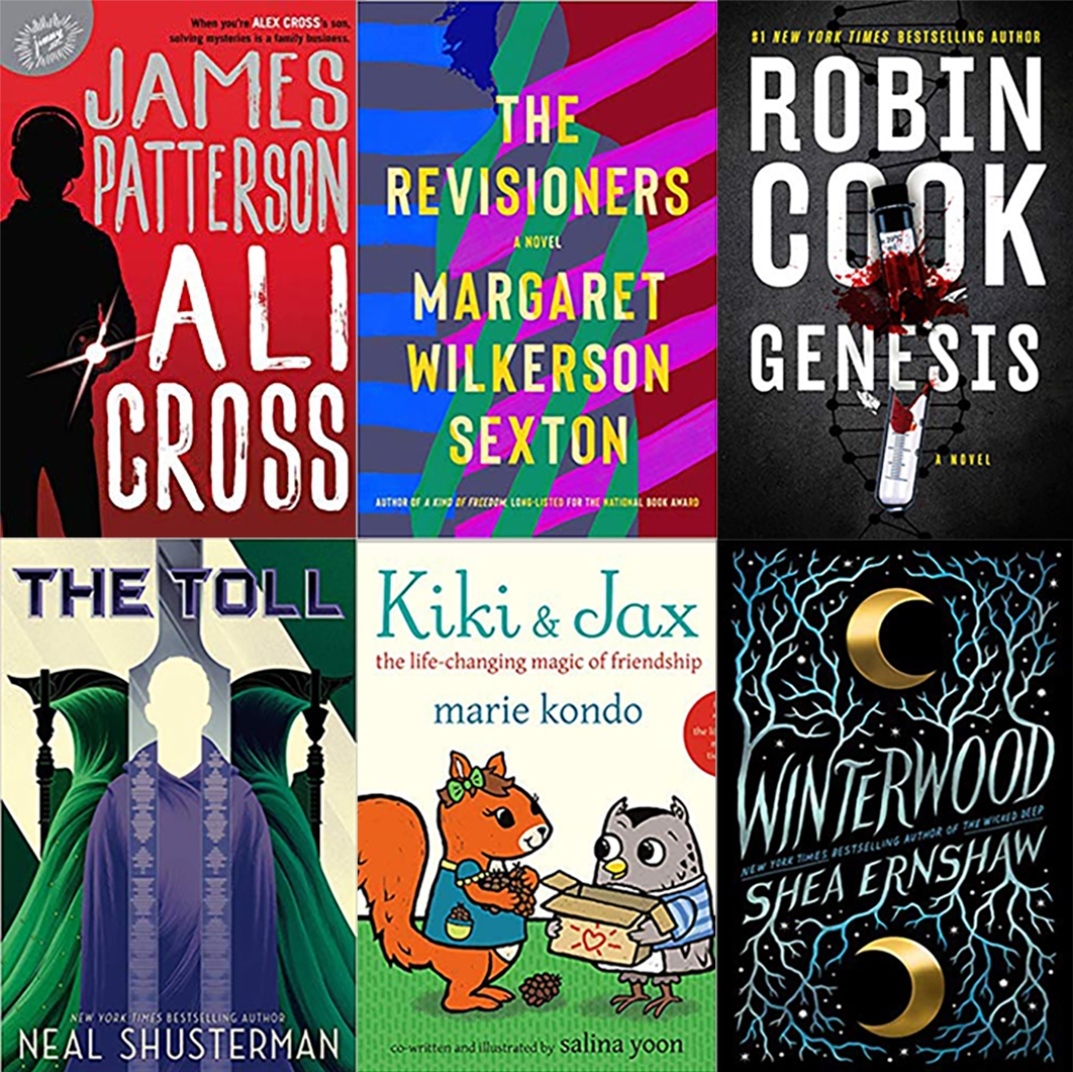George Ford, a pioneering children’s book illustrator who received the first Coretta Scott King Award for Illustration, reflects on his life in publishing and growing up in the immigrant community of Brownsville, Brooklyn. Ford visited Langston Hughes Library this year to give a talk, emphasizing that the library is always the best place to start if you want to learn new things about yourself.
“I explored new worlds in the library on Stone Avenue, finding not only books but music from all over the world on recordings and tape,” he recalls.
Ford, who is in his nineties, says that before 1950 discrimination against blacks in hiring, renting, or selling houses in certain neighborhoods also applied to jobs in publishing. “No black characters appeared and no blacks were hired,” he says. Ford’s first job was with a greeting card company, where he drew Santa Claus and scenes for Christmas cards.
In 1965, he was encouraged by a Brooklyn Public Library executive to contact Mel Williamson at Viking Press, who was the only black art director at a major book publisher. Ford says that Viking’s editor-in-chief, Velma Varner, was very responsive to the push for more racial diversity in their children’s books. “I was not famous and I did not have a portfolio of printed samples of published work, but I did have lovingly done drawings of two well-known personalities and two of children from my neighborhood–each of a different race,” he says. Williamson encouraged and affirmed Ford’s talent.
Ford says he is very proud to have received the first Coretta Scott King Award for Illustration: “I did not take it as a personal triumph, but rather as a symbol of our collective black pride. It also suggested to me that perhaps I had been successful in creating a work, Ray Charles, that was of great inspiration to black children.”
As an illustrator he has “always admired the expansive and heroic world created in the paintings of N.C. Wyeth and the urgent, restless, and unsettling paintings of Jacob Lawrence.” Ford also commends Brian Pinkney and Javaka Steptoe for “having developed their own distinctive styles after growing up under the influence of such legendary talented fathers as Jerry Pinkney and John Steptoe.”
Today, he says that a noticeable development in publishing has been the rise of independent publishers, such as Just Us and Lee and Low, whose lists are “specifically aimed at and represent racial and ethnic so-called minorities.” It is because of them, he believes, that “a black art student today can realistically expect to pursue a career portraying black life in children’s books.”
Reading is an important part of his work as illustrator. As he explains, “I could not illustrate a book without soaking up the meaning of it by reading—and rereading—the manuscript, as well as everything I can find out about the subject of the book.”
Ford, an avid reader, advocates that people surround themselves with others who will lift them up. He believes that “people who really appreciate you will help you to appreciate yourself for who you are” but also that “confidence in yourself is necessary to achieve anything.”
“Honor your personal thoughts and feelings, even if others don’t agree with them,” he says.











